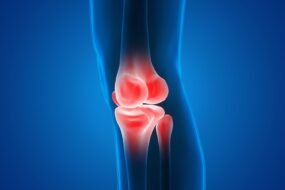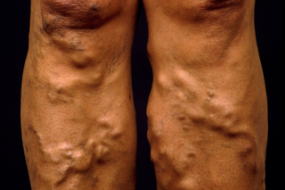
A femoral hernia is an abnormal protrusion of Intraabdominal contents through the femoral canal
Boundaries of the femoral canal
- Anterosuperior- inguinal ligament
- Posterior- pubic ramus and pectineal ligament
- Medial- lacunar ligament
- Lateral- femoral vein
Risk factors
- Female gender
- Old age
- Raised intraabdominal pressure
- Previous pelvic or inguinal surgery
- Multiparity
- Obesity
Clinical presentation
1. Non-complicated;
- Swelling in the groin inferior to the inguinal ligament. It enlarges with the Valsalva maneuver or coughing
- Non-specific pain and groin discomfort
*Swelling may not be obvious
2. Complicated;
- Incarceration
- Strangulation- tenderness, discoloration of the swelling, features of intestinal obstruction, peritonitis and fever
* Account for 40% of complicated hernias
Diagnosis
- Primarily clinical. Although it may be difficult for females and obese patients
Investigations
- Groin ultrasound- in the absence of complications. Very useful in occult hernia
- Others – CT scan, MRI, herniography- used in specific circumstances
Differential diagnosis
- Direct or indirect inguinal hernia
- Round ligament varicosities
- Femoral artery aneurysm
- Lipoma
- Lymphadenopathy
- Sebaceous cyst
- Psoas abscess
Management
- Non-complicated- elective hernioplasty
- Complicated- emergency laparotomy












